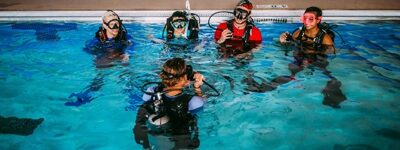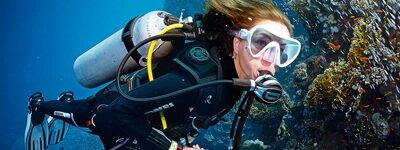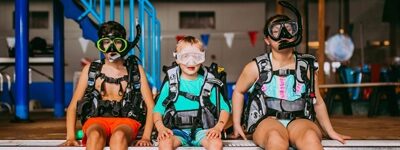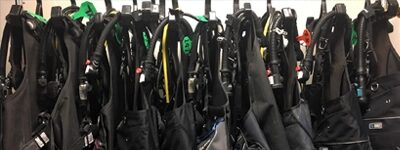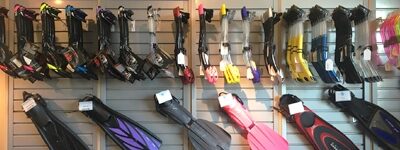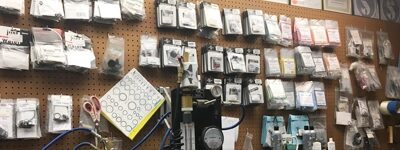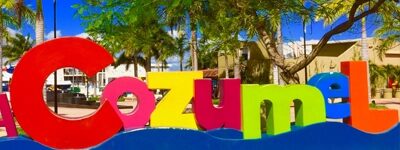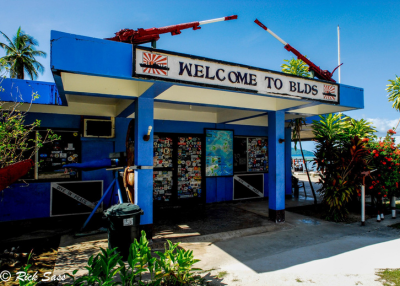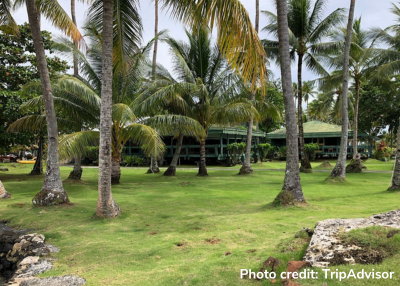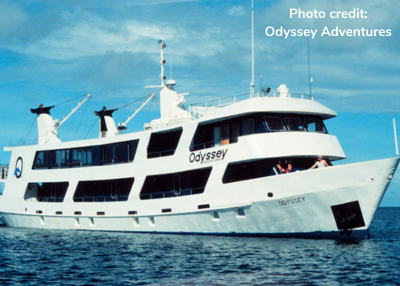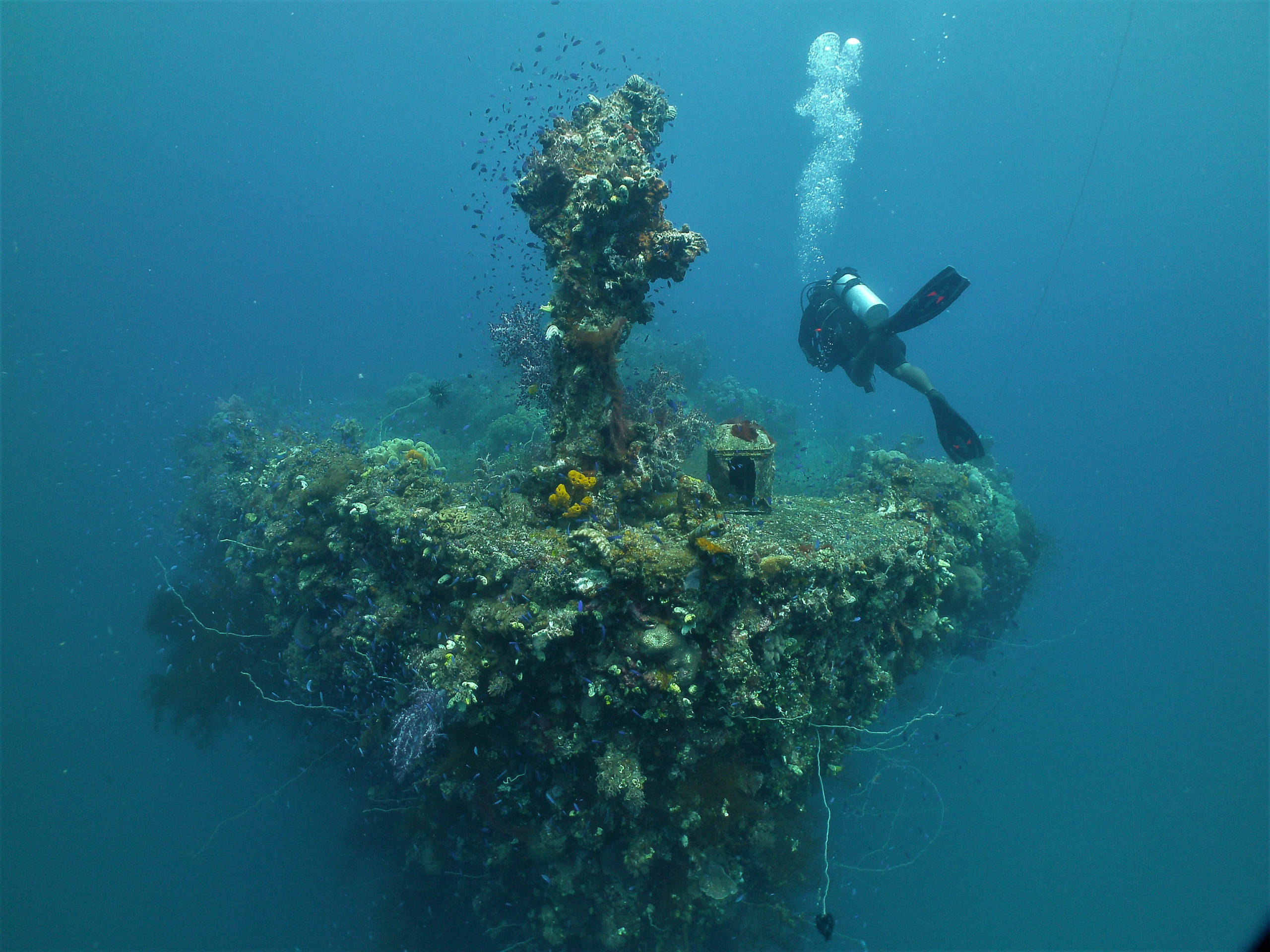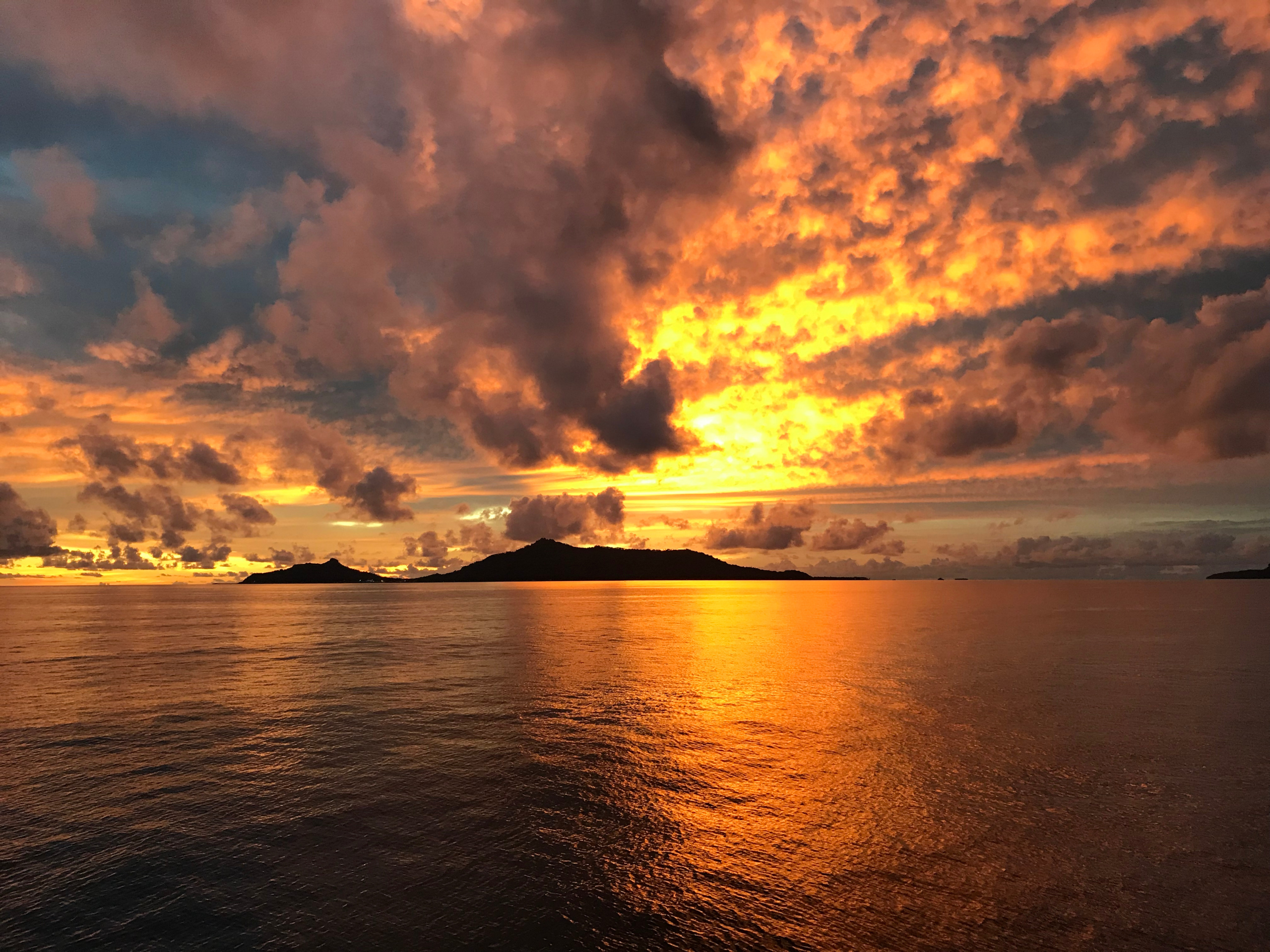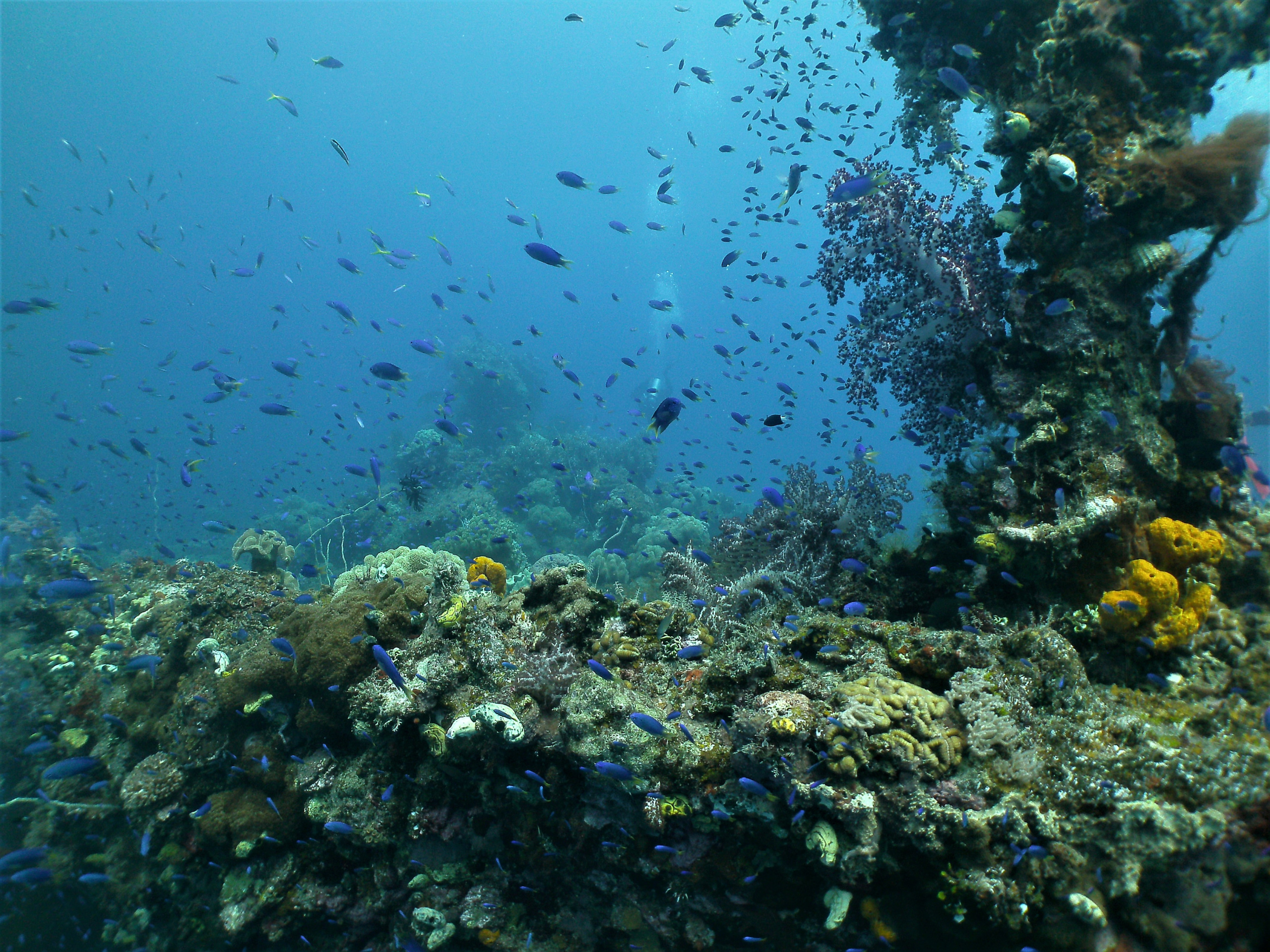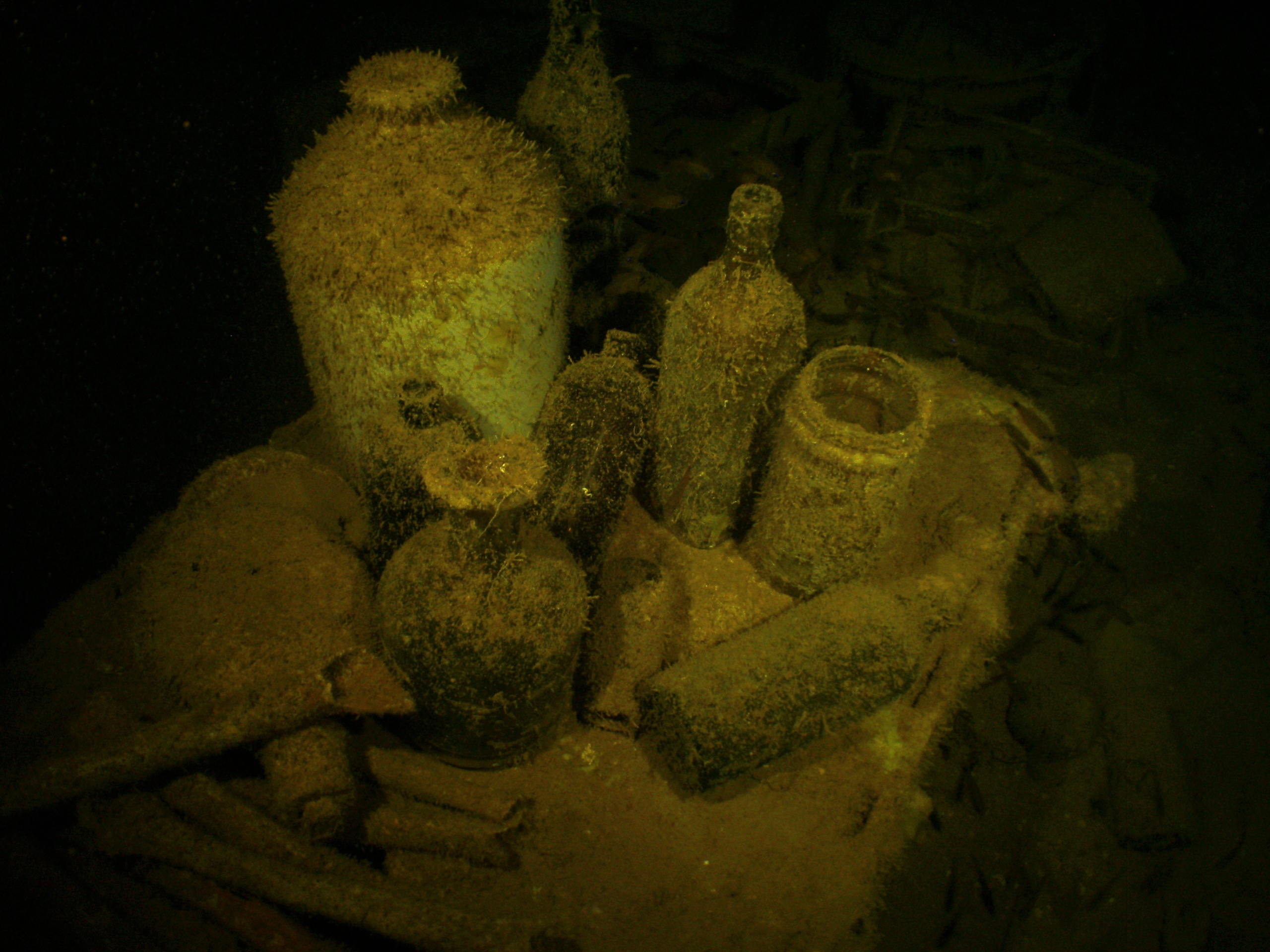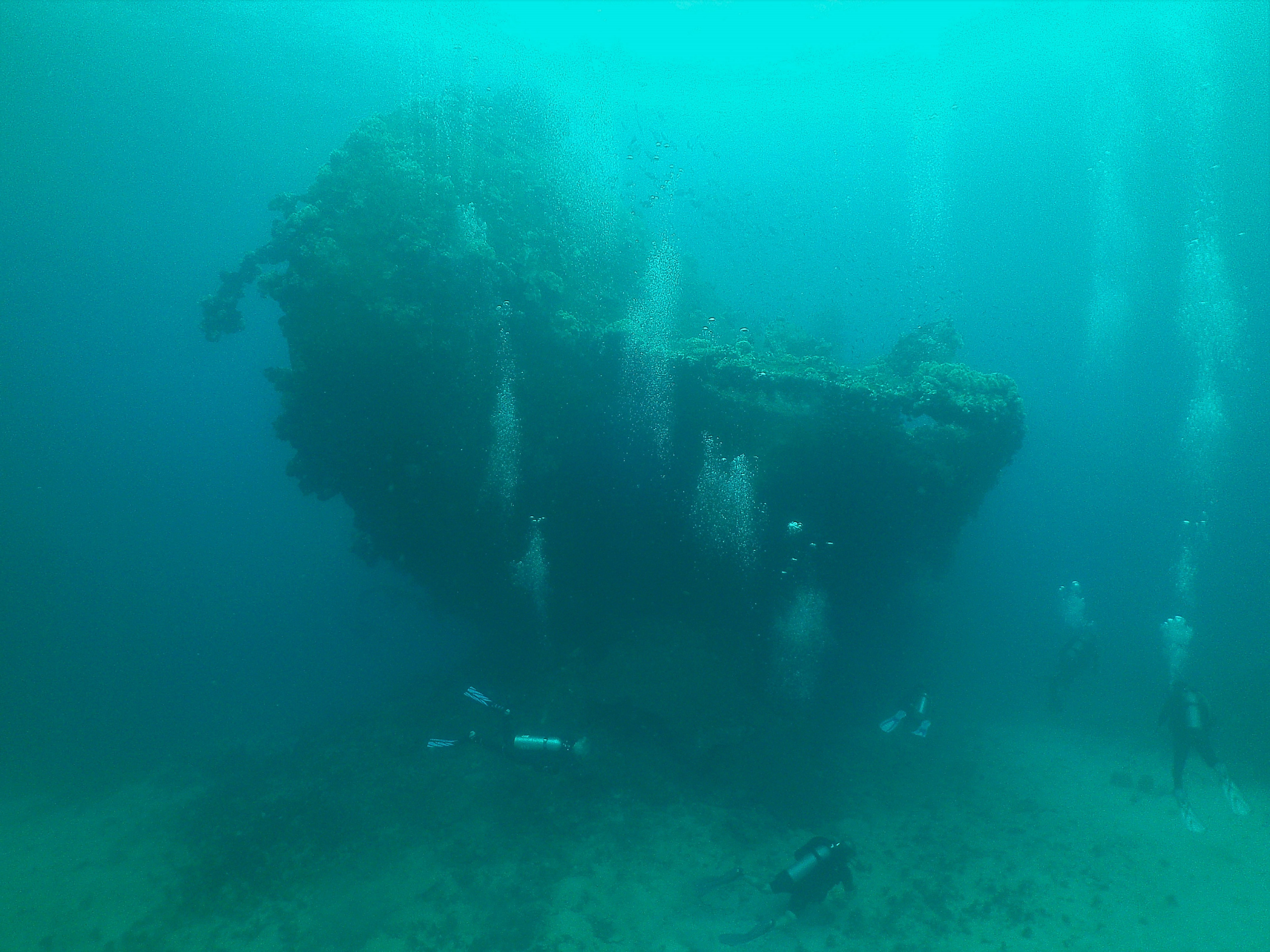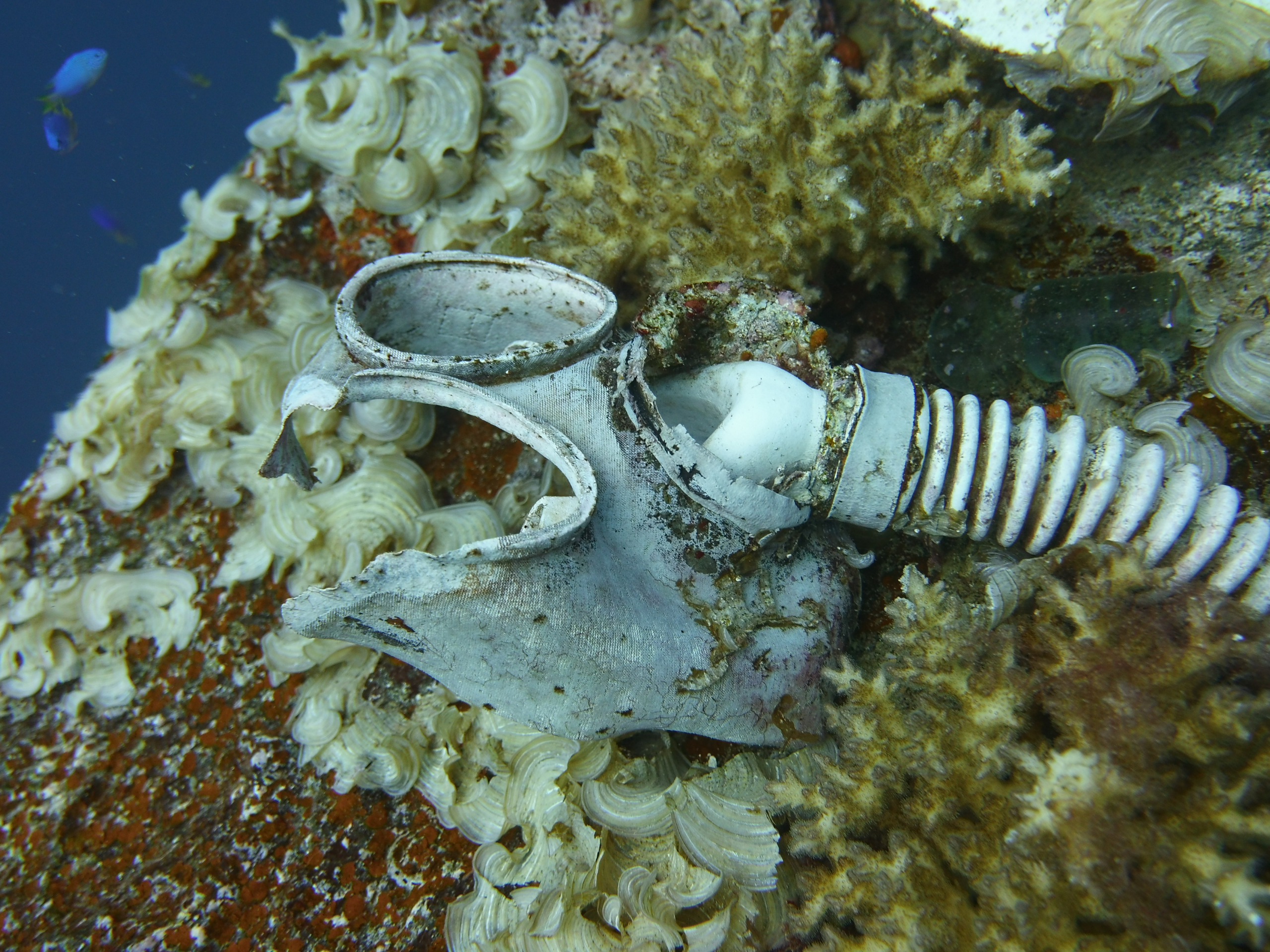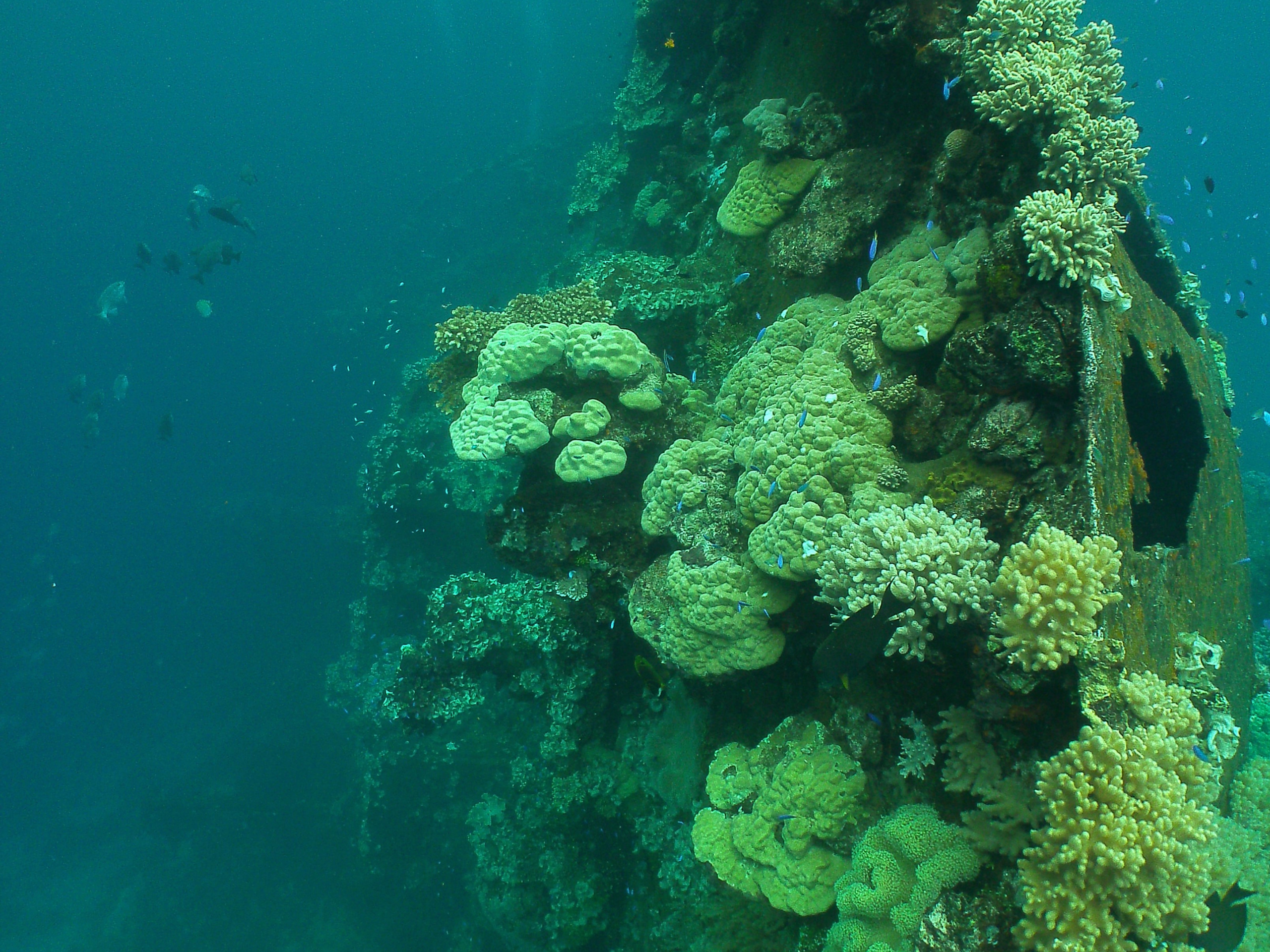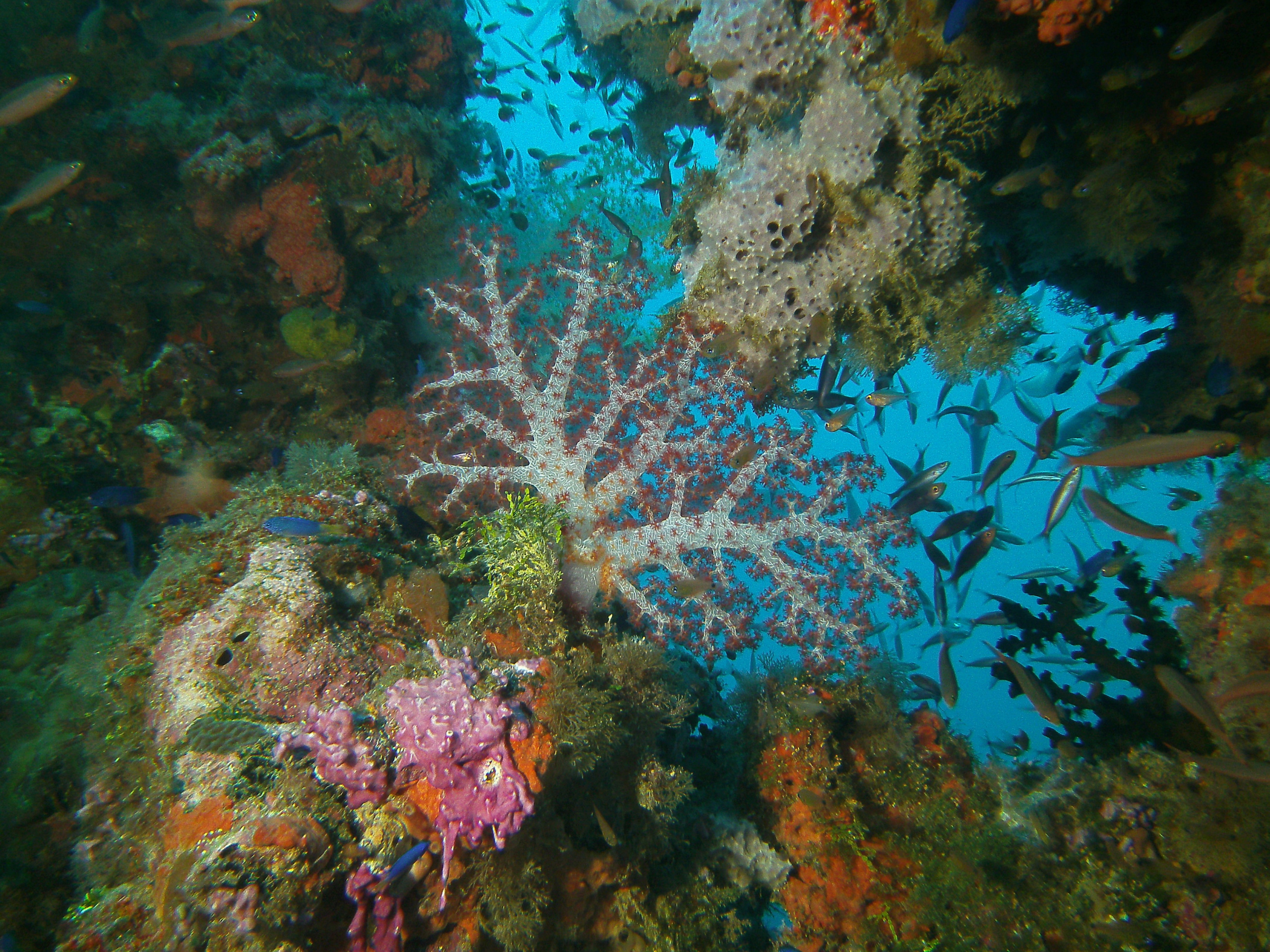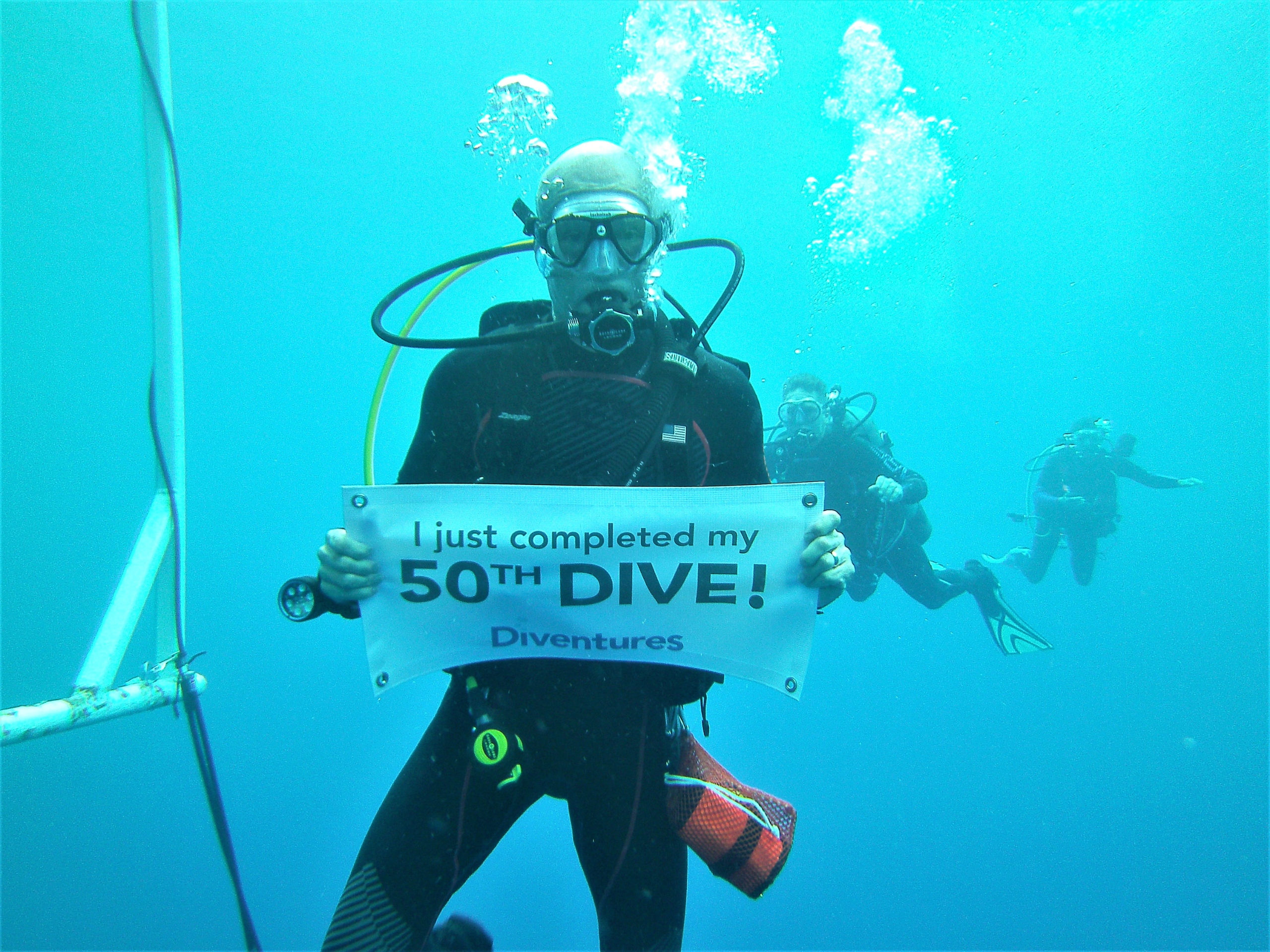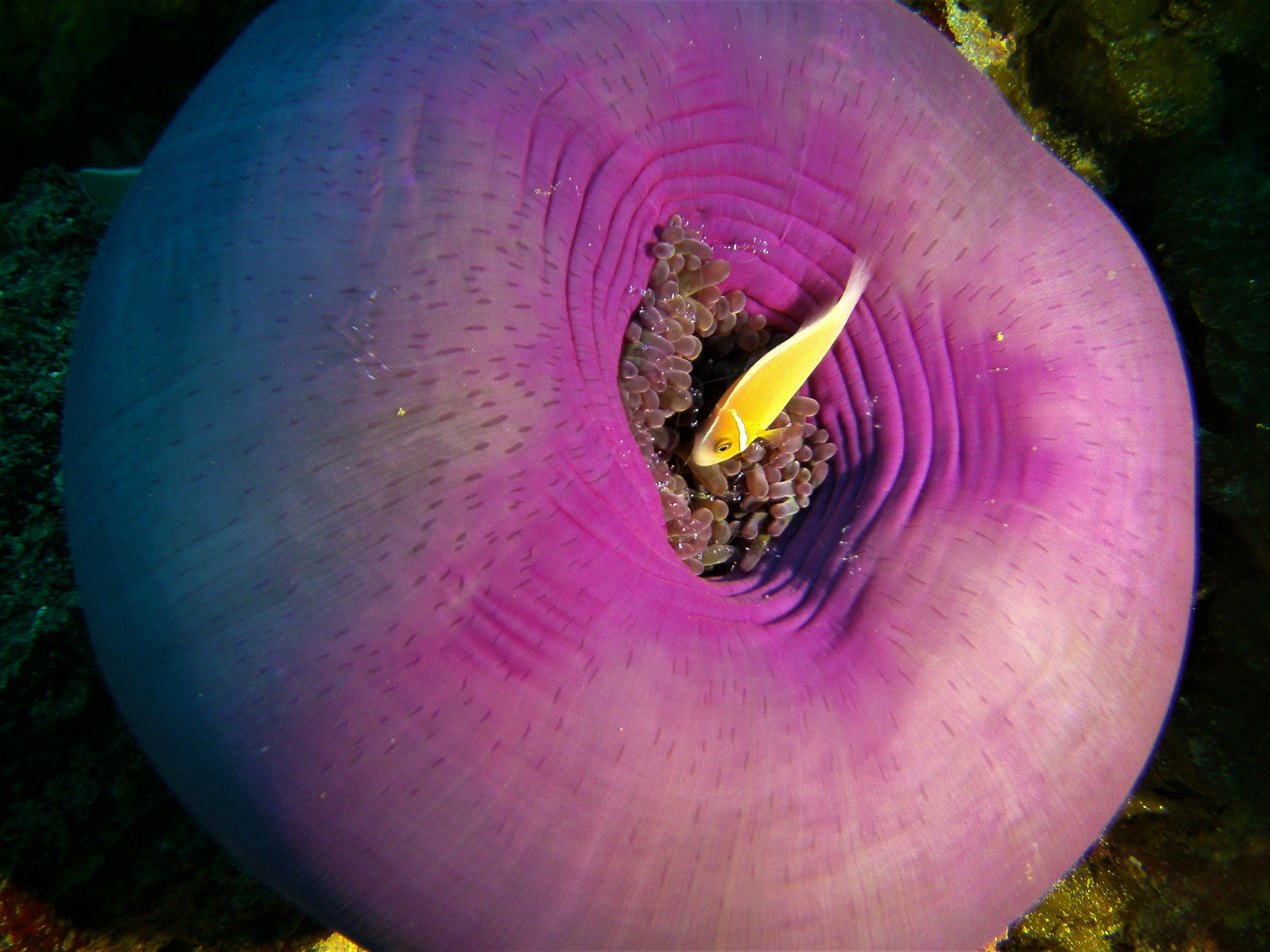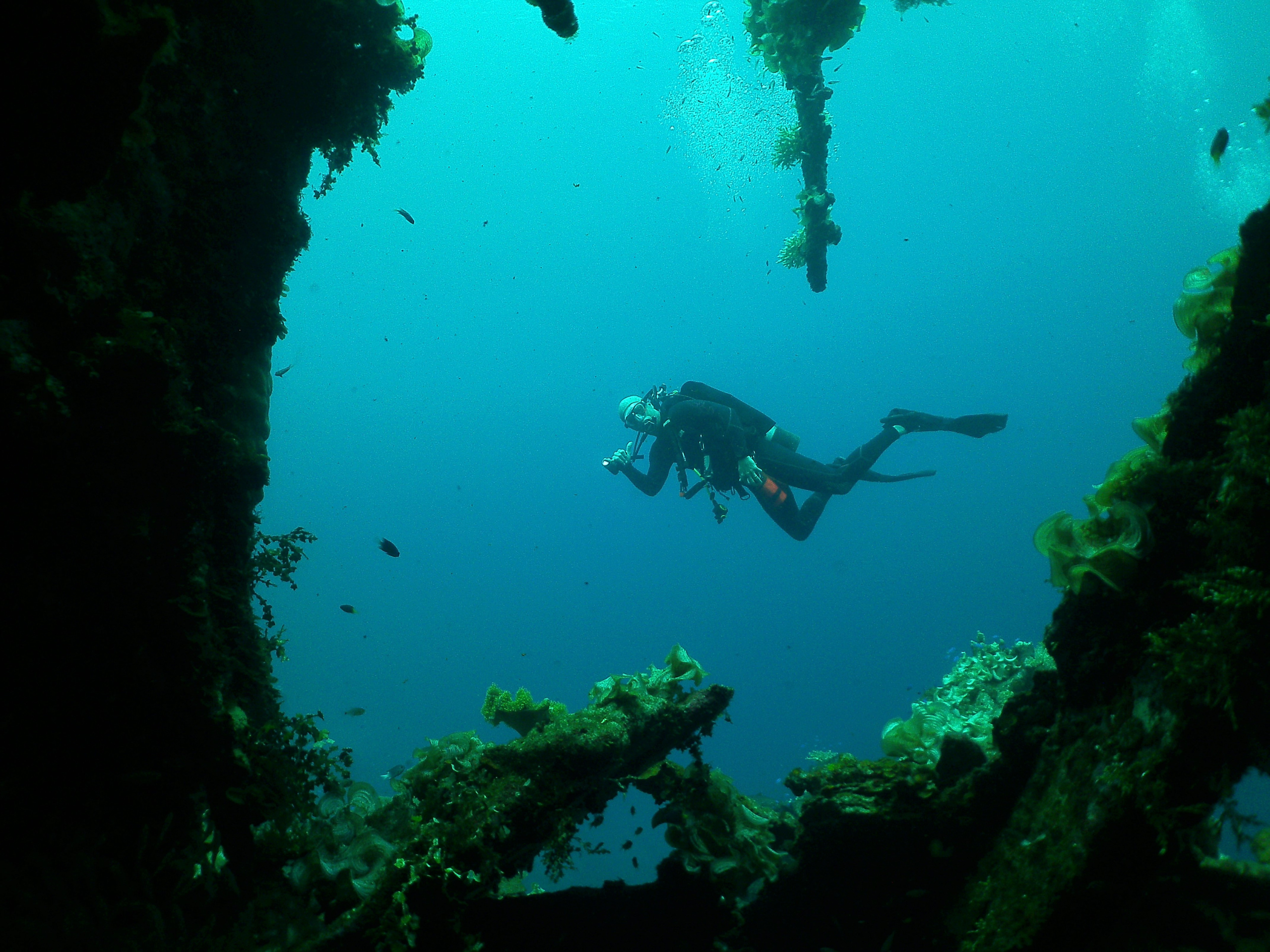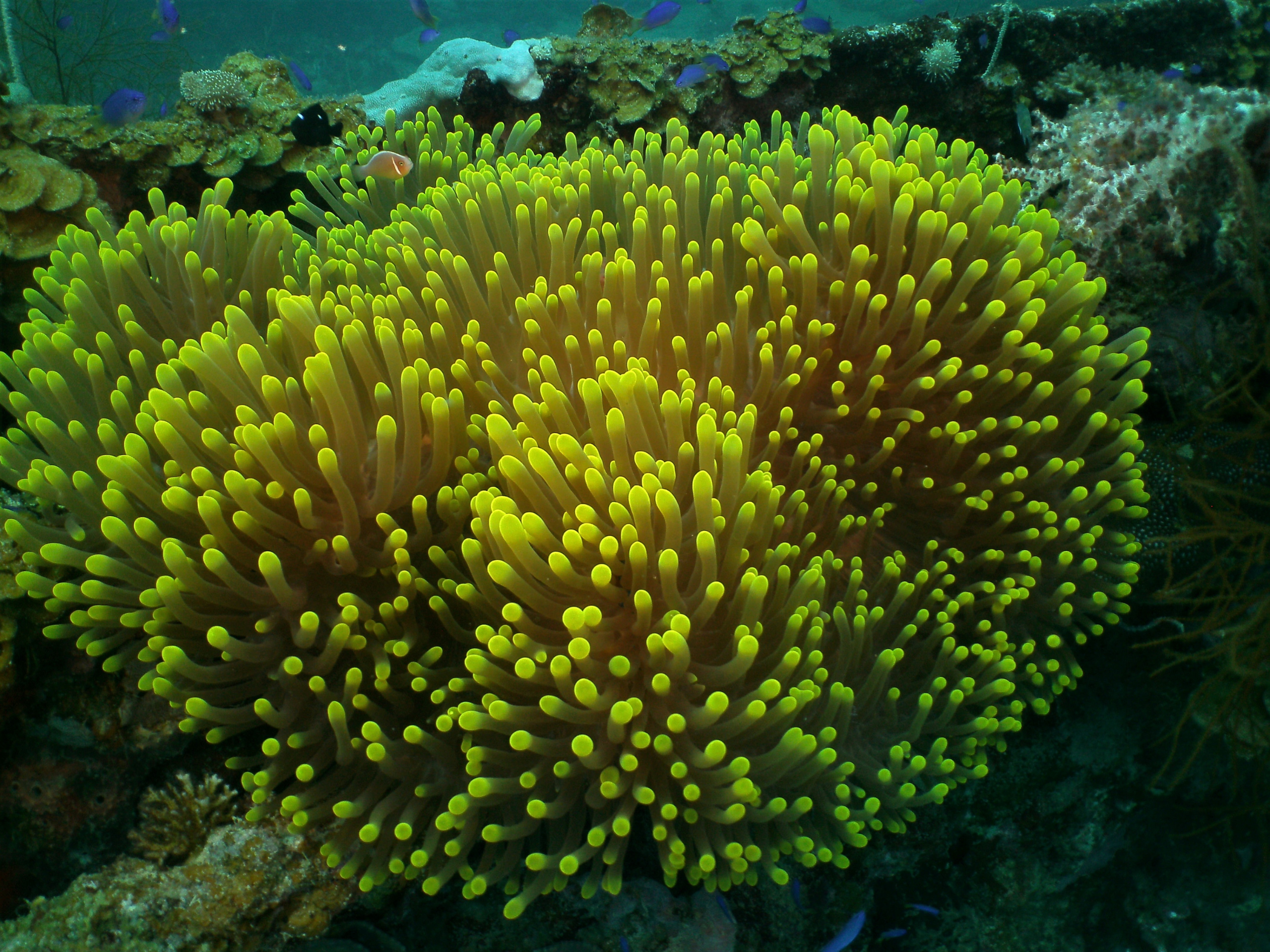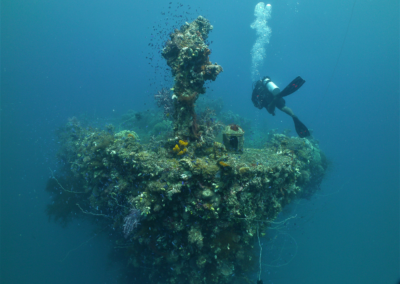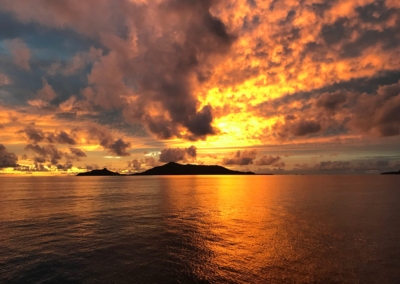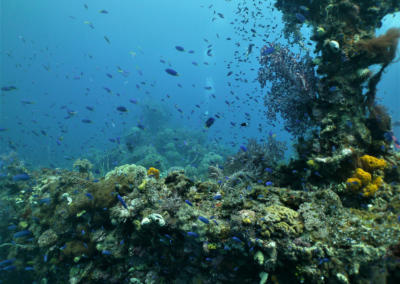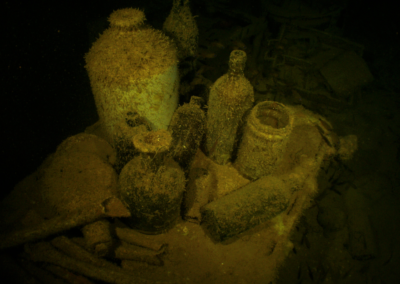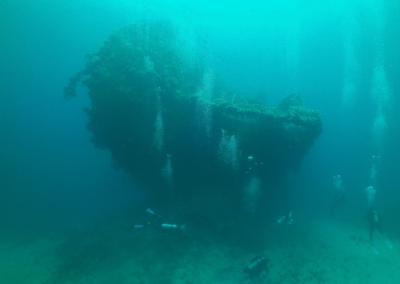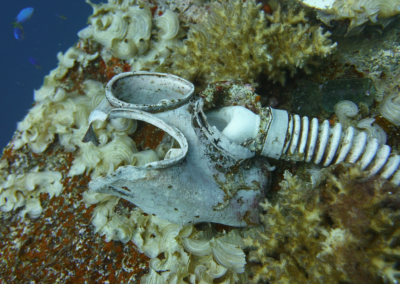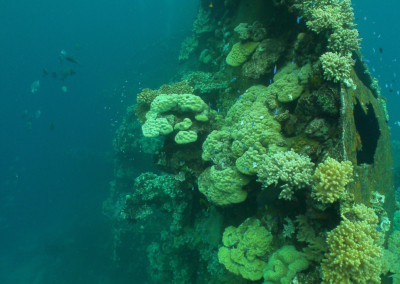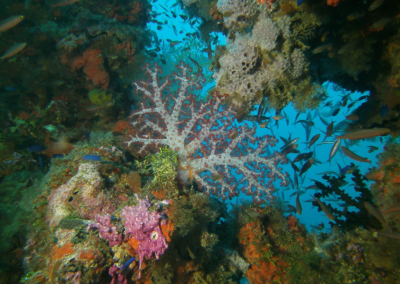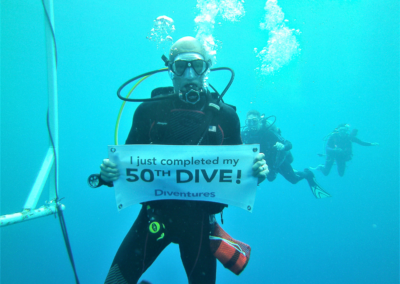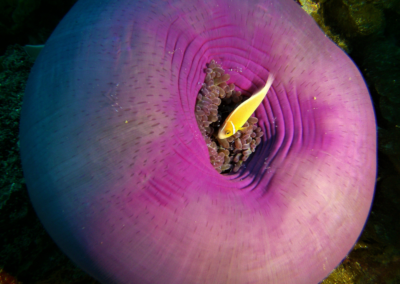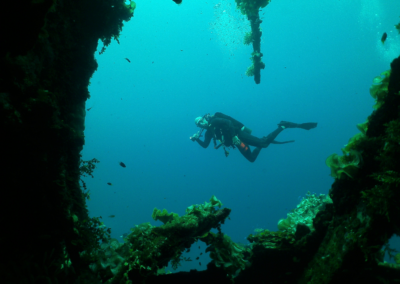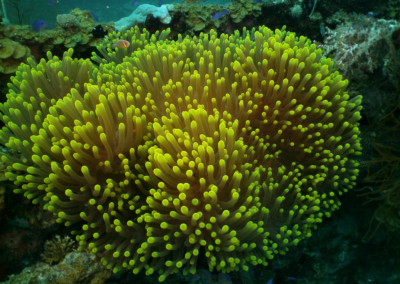Scuba Diving Trips in Truk Lagoon
Upcoming Trips
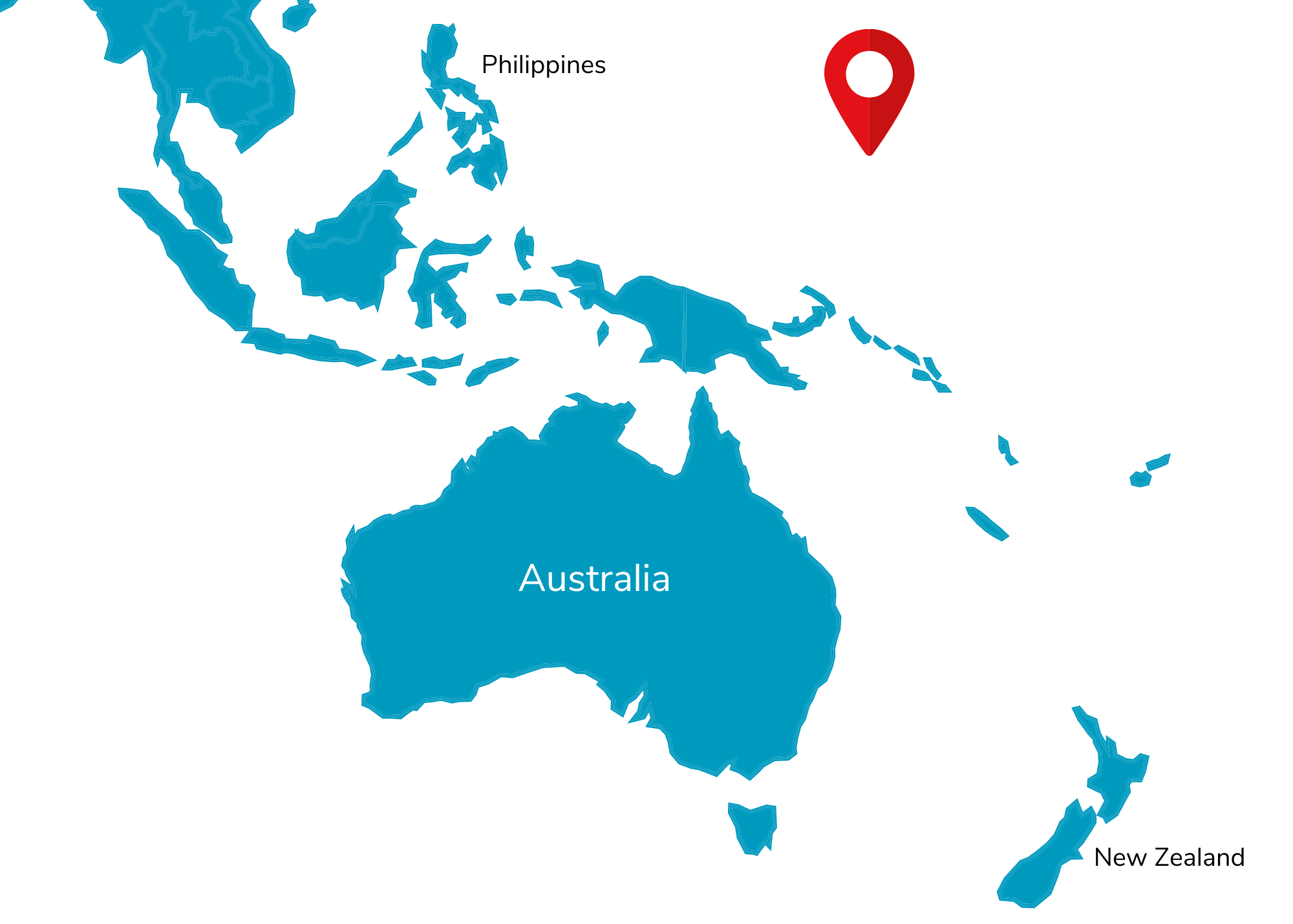
Truk Lagoon, also known as Chuuk Lagoon, is located in the Pacific Ocean, about 1,000 miles northeast of Papua New Guinea. The lagoon is surrounded by a coral reef and contains more than 60 shipwrecks, which are the remains of Japanese naval vessels and aircrafts that were sunk by the US military during World War II.
Truk Lagoon’s history as a Japanese stronghold during World War II, combined with the eerie atmosphere of the sunken ships, has made it a fascinating and unique destination for history buffs and adventure-seekers alike. However, due to the depth and complexity of many of the wrecks, diving in Truk Lagoon requires advanced diving skills and certifications.
What To Expect
Scuba Diving
Dive in Truk Lagoon for an adventure you’ll never forget! WWII wrecks are scattered across 77 square miles and covered with marine life. You’ll find fascinating history, healthy marine life and the world’s largest concentration of wrecks.
There’s an abundance of incredible tropical fish, anemones, gorgonian and eagle rays. You can expect calm surface conditions, warm water, excellent visibility and little current. Advanced Open Water certification is recommended for this trip.
You might see:
- Barracuda
- Sea turtles
- Grey reef shark
- Blacktip reef shark
- Whitetip shark
- Moray eels
- Tuna
- Nudibranch
Recommended Specialty Courses
- Wreck diving
- Photo & video
- Deep diving
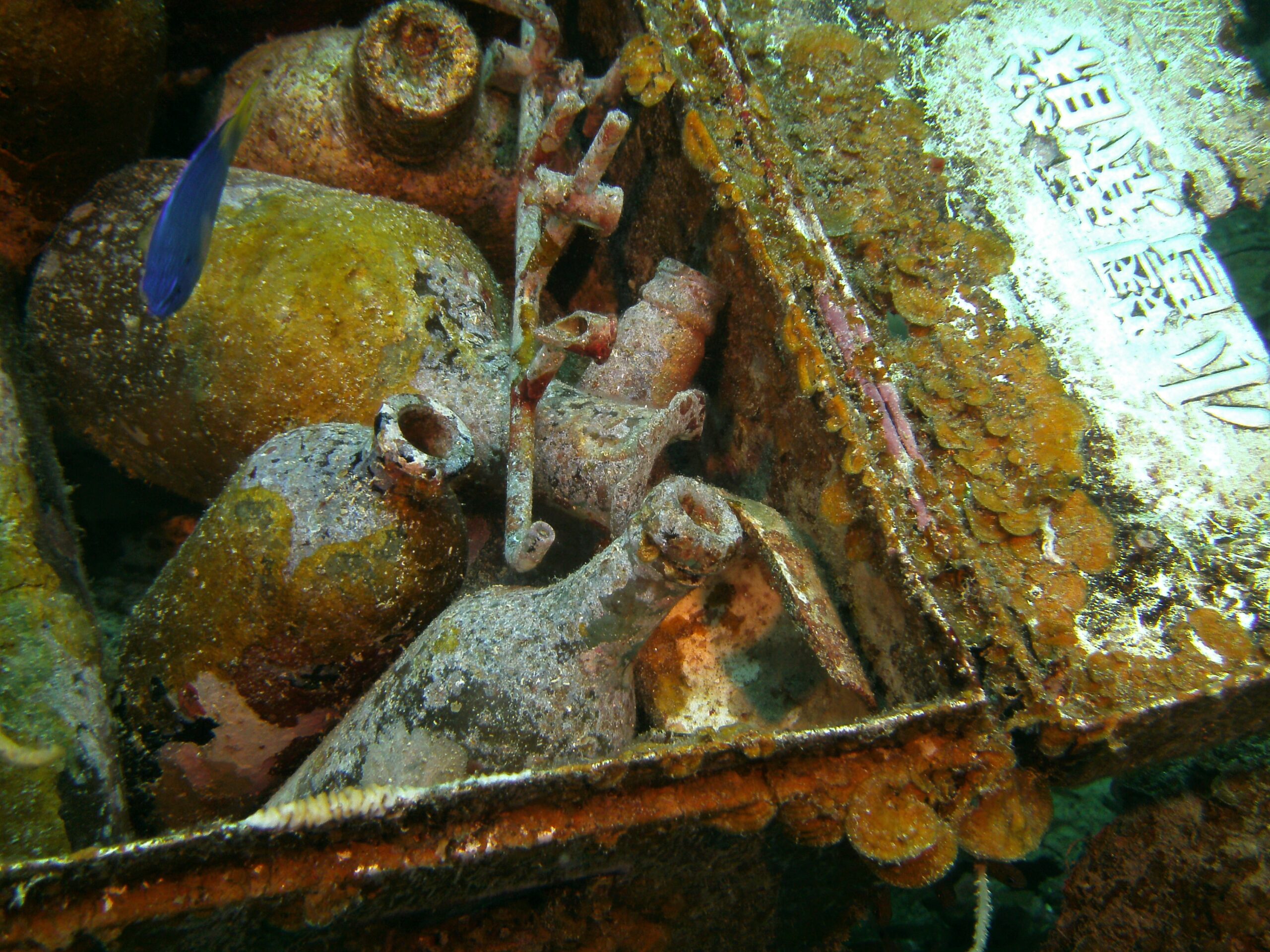
Shipwrecks
Truk Lagoon is a wreck diver’s wonderland. There are a variety and number of wrecks available to explore, some in remarkably good condition. The wrecks are home to a number of artifacts along with colorful corals, schools of tropical fish and even larger species such as sharks and rays. Diving in Truk Lagoon will take any diver back in time to World War II and will create an unforgettable, historic dive trip.
![1[2]](https://www.diventures.com/wp-content/uploads/2023/04/12-3.png)
Shinkoku Maru Wreck
Diving the Shinkoku Maru wreck will bring divers face to face with anemones, corals, large gorgonian fan coals, schools of fish and sharks. This Japanese oil tanker was sunk during World War II by American forces. Today, the Shinkoku Maru wreck is one of the best-preserved wrecks in Truk Lagoon, making it a popular destination for scuba divers. Wreck divers can explore the many compartments of the Shinkoku Maru, including the engine room, cargo holds and crew quarters. Although this is a more challenging dive, the rewards for those who are up to the challenge are worth it.
![2[1] San Gervasio](https://www.diventures.com/wp-content/uploads/2023/04/21-6.png)
Rio de Janeiro Maru Wreck
The Rio de Janeiro Maru wreck is a great dive site for all levels of divers. The top of the wreck is only 35 feet below the surface, with a maximum depth of 110 feet. This ship was originally used as a passenger cargo ship and then was used in World War II. While diving the ship, divers can find boxes of beer bottles, large propellers, intact engine rooms and numerous artifacts. Divers can be transported back in time while diving this wreck.
![3[2] San Gervasio](https://www.diventures.com/wp-content/uploads/2023/04/32-4.png)
Fujikawa Maru Wreck
Known as one of the best wreck sites in the world, all levels of divers are able to enjoy this extraordinary wreck. The bow of the ship is dominated by a huge gun, now covered in colorful coral. When inside of the wreck, divers can find a plethora of artifacts including ammunition, pieces of Zero fighter planes, pots and pans, bottles, plates, bowls, gas masks, boots, cotton uniforms and more. Dive this famous wreck to experience history first-hand. Not only will there be numerous artifacts, but there will also be an abundance of marine life.
What prior travelers say
“Our first trip with Diventures was spectacular. They handled all of the boring parts of travel and left the fun parts to us. I truly felt that they went above what was expected in resolving the unexpected. The dives themselves were incredible, with a professional local team responsible for doing much of the heavy lifting. This left us to focus on the dive experience itself.”
Traveler Photos
Know Before You Go
Dive Insurance
Dive insurance is required on all Diventures trips. We recommend purchasing DAN dive insurance.
Travel Insurance
Travel insurance is not required but is highly recommended for all Diventures trips. We recommend purchasing DAN trip insurance.
Electricity
There are no adapters required. If you’re visiting from the States, you won’t need to worry about an adapter for your cell phone or computer.
Passport
Must be valid 6 months beyond the dates of your trip.
Water
It’s advised to drink bottled water only.
Dress Code
Casual.
Money
The US Dollar is the main currency used here.
Temperature
The average air temeprature is between 82°- 88°F. Water temperatures range from 82°- 84°F.
Language
Chuukese and English are the two most common languages.
Need help packing?
We can’t pack for you, but we can share our packing list and travel tips.

